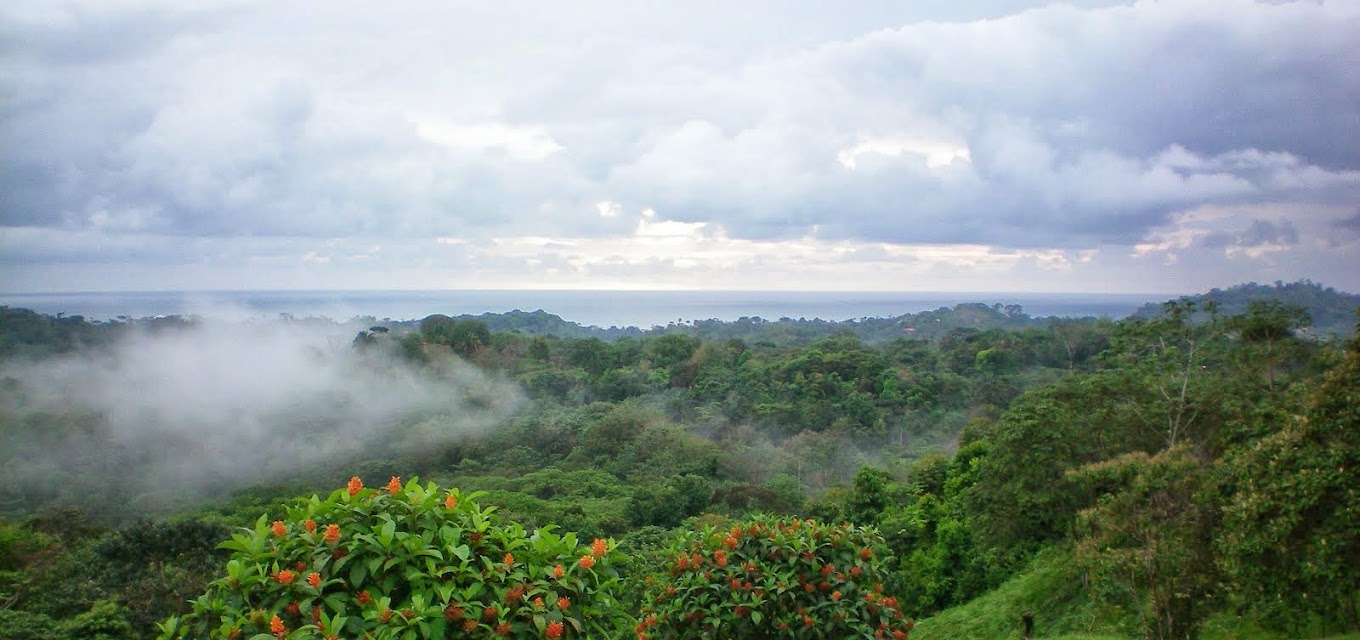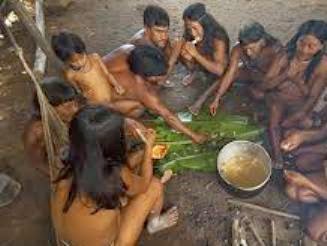Do you remember the sunrise caressing your eyes while waking up on your first vacation day
at the beach?
And…
what about that unbelievable sunrise infusing you with an energetic feeling within yourself?
I
believe every one of us has had at least one extraordinary experience involving
a sunrise or a sunset. I also believe each one of us has a different perception
of the sun and its powers, what I think is undeniable is the powerful effect
the sun has over our lives and every living being on earth.
Since
we moved to Costa Rica, almost without noticing I started to develop a deep
appreciation for the beauty of nature and everything under the sun. I have learned to see life from a different perspective, and perceive nature not only with my eyes but also with all my senses.
appreciation for the beauty of nature and everything under the sun. I have learned to see life from a different perspective, and perceive nature not only with my eyes but also with all my senses.
For
years, I have heard that people who live closer to nature do not suffer
depression, or at least, they experience less depression than people living in
highly structured environments do.
· There
is a deeper connection to life as a result of admiring the beauty of creation.
· Experiencing
a sunset or a sunrise makes the soul happy, influencing the well-being of the
body.
· The
nervous system becomes relaxed when we take the time to experience nature,
absorbing the energy gifted by the sun.
· Connecting
with nature allows the living energy to penetrate our mind, helping to
dissolve negative emotions and depressive thought forms; resulting in a renewed
happiness that will carry us through the day.
Don’t
you feel more alive when you can see the sun outside your window?
Our human nature requires the energy of the sun to move forward; we need to see its light, and we want to feel its energy as well as processing its power to support many of our daily activities.
In
our little corner of paradise, when the sun shows its dazzling face, everything
and everyone comes out to play, the hummingbirds, the squirrels, the monkeys,
the butterflies; everyone is out there to share another beautiful day; it is up
to us to join that energy.
We
can go to the beach and take the time to ‘listen’ the powerful ocean waves carrying
the sounds of the sea-creatures, making us feel part of life with them.
We
can walk barefoot on the beach and feel the sand tickling our toes, feeling
every grain of sand and the life within it, letting all the energy run through
our body.
 We
can also go to the river, and let the water run through our body or at least through
our feet; it helps to balance the feelings, the thoughts, and the perceptions we
may have around specific issues.
We
can also go to the river, and let the water run through our body or at least through
our feet; it helps to balance the feelings, the thoughts, and the perceptions we
may have around specific issues.
Drawing
energy from the earth in whatever shape or form,
helps to strengthen our body and mind. That is something many indigenous cultures have used consciously as a powerful source of life. http://www.sheknows.com/health-and-wellness/articles/831035/6-ways-nature-can-boost-your-mood
helps to strengthen our body and mind. That is something many indigenous cultures have used consciously as a powerful source of life. http://www.sheknows.com/health-and-wellness/articles/831035/6-ways-nature-can-boost-your-mood
The
sun is the oldest and outmost universal theme
connecting the ancient wisdom traditions of the world, and yet its deeper meaning has continued to elude our modern and technologically oriented society.
connecting the ancient wisdom traditions of the world, and yet its deeper meaning has continued to elude our modern and technologically oriented society.
Let’s
enjoy every sunny day and benefit from the powerful gift of warmness, light,
and life.
Recently,
I stumbled upon the following description by Fr. Richard Rohr of what three
different men saw in a sunset while standing by the ocean.
It
made a profound impression me, and I want to share it with you.
 One
man saw the immense physical beauty and enjoyed the event in itself. This man
was the "sensate" type who, like 80 percent of the world, deals with
what he can see, feel, touch, move, and fix. This was enough reality for him,
for he had little interest in larger ideas, intuitions, or the grand scheme of
things. He saw with his first eye, which was good.
One
man saw the immense physical beauty and enjoyed the event in itself. This man
was the "sensate" type who, like 80 percent of the world, deals with
what he can see, feel, touch, move, and fix. This was enough reality for him,
for he had little interest in larger ideas, intuitions, or the grand scheme of
things. He saw with his first eye, which was good. A
second man saw the sunset. He enjoyed all the beauty that the first man did.
Like all lovers of coherent thought, technology, and science, he also enjoyed
his power to make sense of the universe and explain what he discovered. He
thought about the cyclical rotations of planets and stars. Through imagination,
intuition, and reason, he saw with his second eye, which was even better.
A
second man saw the sunset. He enjoyed all the beauty that the first man did.
Like all lovers of coherent thought, technology, and science, he also enjoyed
his power to make sense of the universe and explain what he discovered. He
thought about the cyclical rotations of planets and stars. Through imagination,
intuition, and reason, he saw with his second eye, which was even better.
The
third man saw the sunset, knowing and enjoying all that the first and the
second men did. But in his ability to progress from seeing to explaining to
"tasting," he also remained in awe before an underlying mystery,
coherence, and spaciousness that connected him with everything else. He used
his third eye, which is the full goal of all seeing and all knowing. This was
the best.
It
would be wonderful if the next time you come to visit Costa Rica, you have the
opportunity of experiencing the full connection of your being with the enormous
power of the sun, whether a sunrise, a sunset, or just its powerful light.





























